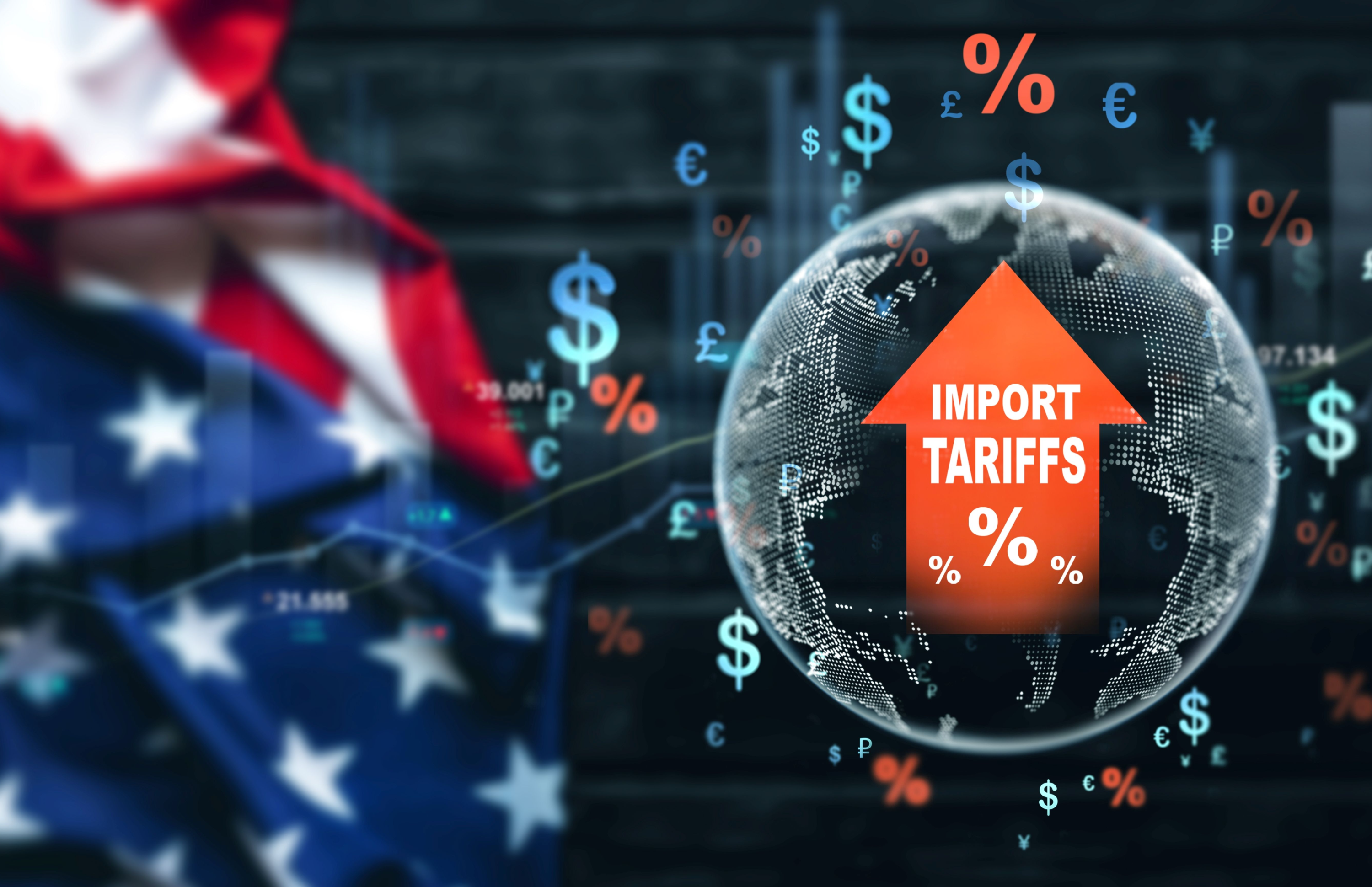Tariffs on steel and aluminium: doubling down
News Analysis

6
Jun
2025
Tariffs on steel and aluminium: doubling down
On 4 June 2025, the US government implemented a 50% tariff on most imported steel and aluminium, doubling the previous rate. The move aims to boost domestic production, but is likely to raise concerns about its inflationary impact.
In February 2025, President Trump reinstated and expanded the tariffs, eliminating previous exemptions and increasing the steel and aluminium tariff to 25%. On 3 June, Trump signed an executive order that raised tariffs on imported steel and aluminium to 50% for all trading partners, except for the UK. The UK will continue to benefit from a temporary exemption, keeping its tariff rate at 25% until 9 July 2025.
The recent increase in tariffs comes after a legal back-and-forth, during which, the US Court of International Trade overturned all tariff orders issued by President Trump since January under the International Emergency Economic Powers Act (IEEPA). The Trump administration filed an appeal and the tariffs were reinstated.
The USA is a net steel importer for about 25% of its consumption, with imports averaging 28-30Mtpy, mostly flat products, sheets, strips and other metallic coated products with construction, automotive and manufacturing sectors being the largest importers. The main steel exporting countries to the USA are Canada (25%), Brazil (15%) and Mexico (12%). Although some parts of the US steel industry are competitive (EAF steelmakers such as Nucor, Steel Dynamics), other segments, primarily older integrated mills, are not. US steel production has fluctuated around 80Mtpy over the past ten years.
The USA also relies on imports for its aluminium requirements as estimated domestic primary aluminium production is ~700ktpy. In 2024, the USA imported 3.9Mt of unwrought aluminium, accounting for about 50% of its consumption, with 70% of imports coming from Canada. The doubling of tariffs may undercut the supply of raw aluminium from Canada, which is a prominent source for semi-manufacturers in the USA. A potential benefit could arise for aluminium recycling, by encouraging higher recycling rates and enhancing the cost-effectiveness of aluminium production.
While President Trump is advocating for the repatriation of essential manufacturing for the national and economic security of the USA, increased tariffs will lead to higher costs for US manufacturers, including automotive, aerospace, construction and food packaging. This will ultimately impact the American consumer. Although the previously implemented tariffs have not yet been reflected in inflation numbers, Project Blue believes that it is only a matter of time as industrial inputs take time to impact consumer prices.